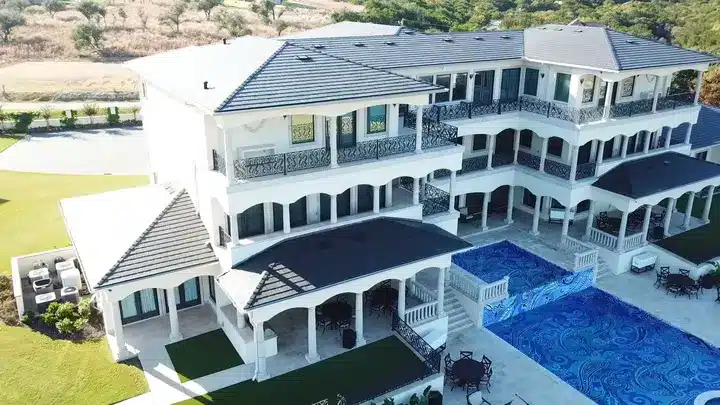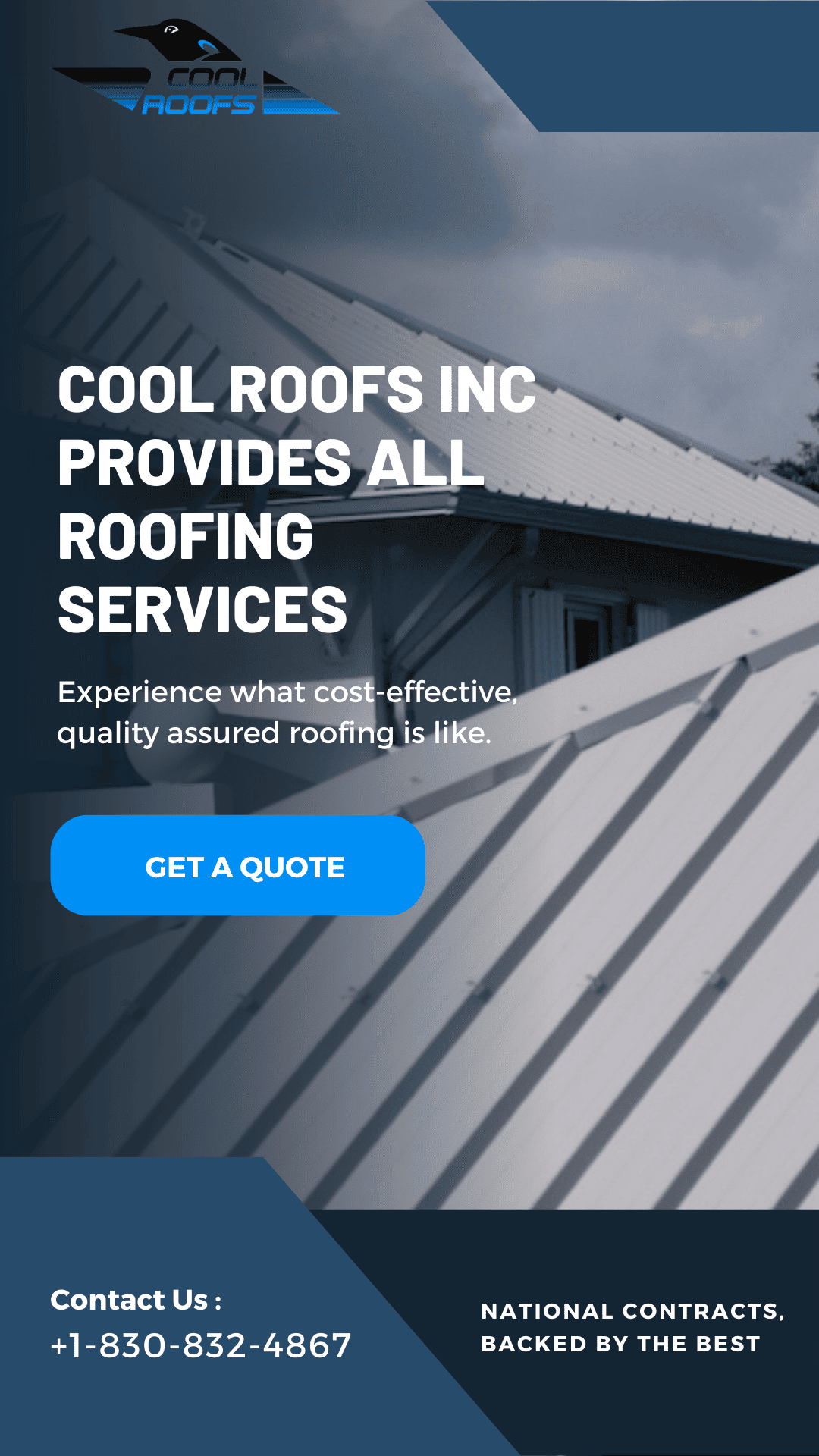Ice dams occur when snow on the roof melts and then refreezes at the roof's edge, creating a barrier that prevents further melting water from draining properly. This can lead to water damage, leaks, and other costly issues for homeowners.
Factors that contribute to ice dam formation include poor attic insulation, inadequate roof ventilation, and uneven roof temperatures. Addressing these underlying causes is crucial for preventing ice dams and protecting the integrity of the roof.
Homeowners can take several measures to prevent ice dams, such as improving attic insulation, upgrading roof ventilation systems, and installing heated cables or de-icing systems along the roof's edge. These modifications help maintain a more consistent temperature across the roof, reducing the likelihood of ice dam formation.
Professional roofing contractors can assess the specific needs of a property and recommend the most effective solutions for ice dam prevention, ensuring the roof is prepared to withstand the challenges of cold weather.
If ice dams have already formed on a roof, it's important to address the issue quickly to prevent further damage. Homeowners should inspect the roof for signs of water intrusion, such as leaks or staining, and take steps to remove the ice dams safely.
In some cases, the damage caused by ice dams may require more extensive roof repairs or replacement. Working with a reputable roofing contractor can help homeowners identify the extent of the damage and develop a plan to restore the roof to its optimal condition.
The choice of roofing materials can also play a role in preventing ice dams. Metal roofs, for example, are less prone to ice dam formation due to their smooth surface and ability to shed snow more effectively. Homeowners should consider the climate, roof design, and other factors when selecting the most suitable roofing materials for their property.
Consulting with a roofing professional can help ensure that the chosen materials and installation methods are optimized for ice dam prevention and long-term roof performance.

